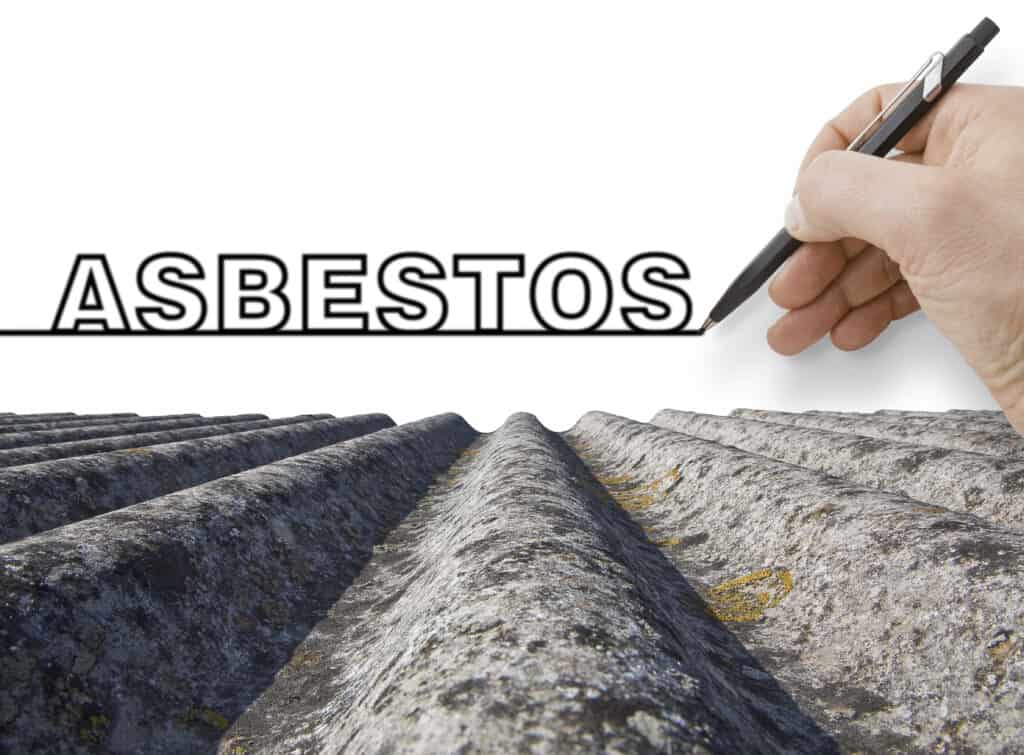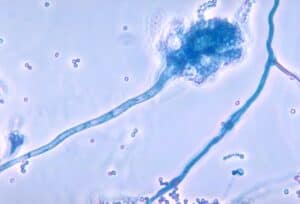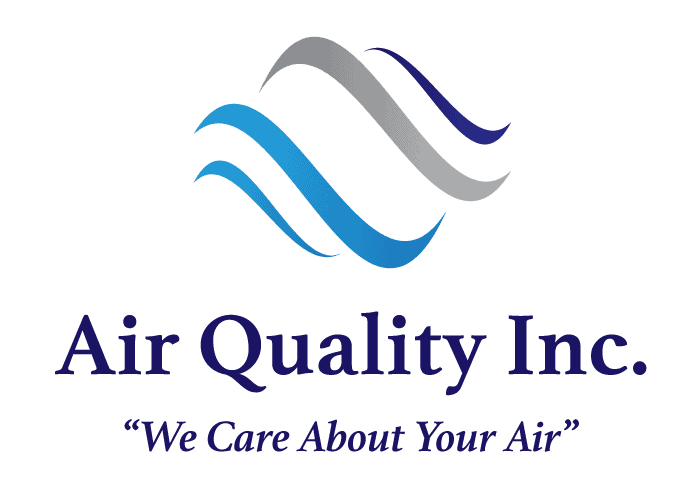In today’s fast-paced world, our homes should be our sanctuaries, where we can escape the hectic air of the outside world. But what if the air within your walls hides a silent, often overlooked hazard? Asbestos, once a popular construction material, can still lurk in many homes, posing serious health risks. At Air Quality Inc., we’re dedicated to helping you identify and address asbestos-related issues to ensure your home remains a safe haven.
What is Asbestos?
The Mesolthemlia Center describes asbestos as “a group of six naturally occurring minerals made up of heat-resistant fibers.” Because of its durability, fire resistance, and insulation properties, asbestos was widely used in building materials before the 1980s. However, asbestos fibers can be extremely harmful when inhaled, leading to severe health issues such as asbestosis, lung cancer, and mesothelioma.
Where Might Asbestos Be Hiding in Your Home?
Identifying asbestos in your home can be challenging, as it was used in a myriad of products. Common areas where asbestos may be present include:
- Insulation: Especially in homes built before the 1980s, asbestos was often used in attic and wall insulation.
- Floor Tiles: Older vinyl and linoleum floor tiles might contain asbestos.
- Pipe Insulation: Asbestos was commonly used to insulate pipes and boilers.
- Roofing and Siding Materials: Some shingles and siding materials were made with asbestos.
When Should You Have Your House Tested for Asbestos?
Asbestos testing is particularly important for certain groups of homeowners. If you fall into any of these categories, we strongly recommend scheduling an air pollutants test with Air Quality Inc.
- Homes Built Before 1980: If your home was built before the 1980s, there’s a higher chance it contains asbestos-containing materials.
- Renovation Plans: Before undertaking any renovation or demolition work, it’s essential to know if asbestos is present to prevent its disturbance. So, schedule an air quality test before you or your contractor starts working.
- Purchasing Older Properties: Prospective home buyers looking at older properties should consider asbestos testing as part of their pre-purchase inspection.
- Noticeable Damage: If you observe deterioration in older building materials, testing for asbestos before any fibers become airborne is wise.
Steps to Take if Asbestos is Found in Your Home
Discovering asbestos in your home can be alarming, but immediately taking the proper steps can help mitigate risks and ensure your safety. If asbestos is detected in your home, it’s crucial to follow these guidelines to manage the situation effectively:
- Do Not Disturb: Avoid touching or disturbing any suspected asbestos-containing material.
- Seek Professional Help: Contact a licensed asbestos abatement professional for removal.
- Regular Monitoring: Even if left undisturbed, it’s wise to monitor the condition of asbestos-containing materials regularly.
Air Quality Testing in Virginia Beach and Richmond
Understanding the potential presence of asbestos in your home is essential for your health and peace of mind. With a proper air quality inspection by AQC., you can rest assured that your air is in expert hands. We’re here to ensure your home remains a safe and healthy environment for you and your loved ones. Contact us today to schedule your home air quality assessment.




